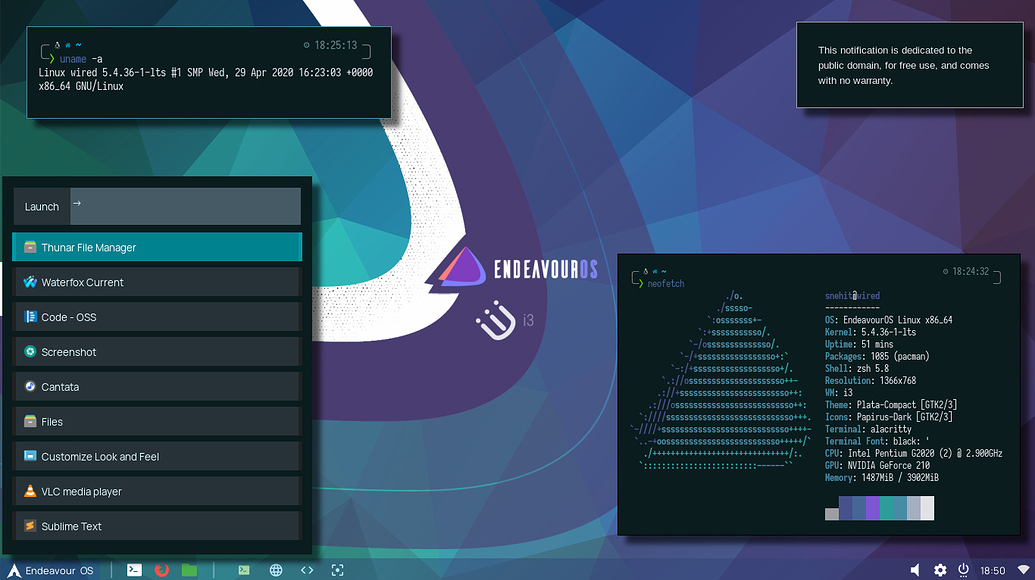


There are a few parameters to tweak, and the comment on line 29 might make the syntax slightly clearer: If you’d like you can configure the drop shadow. Make sure that the directory already exists. Configurationįirstly, configure SCREENSHOTFOLDER to a path which you’d like the screenshots to be saved to. Open the script in your preferred text editor. png saved." rm " $FILE " #remove this line to preserve original imageīe sure to make the script executable with chmod +x /path/to/dropshadow.sh. # dropshadow.sh #!/bin/bash SCREENSHOTFOLDER = " $HOME /screenshots" FILE = " $. Here’s the contents, which you might need to tweak a bit: It would be wise to place it somewhere in your PATH so you can call it in a terminal without providing an absolute path. With those installed, grab the shell script here. Substitute for your applicable package manager if you use a different flavor of Linux. On Ubuntu, do a simple apt-get install scrot imagemagick libnotify-bin.


 0 kommentar(er)
0 kommentar(er)
